Leading aerospace hub in Asia – Asia Aerospace City
Asia Aerospace City (hereinafter referred to as “AAC”) is an aerospace hub that serves to combine the capabilities, assets and aerospace players worldwide with the opportunity for growth in Asia, with Subang Nexus serving as the foundations of its physical infrastructure.
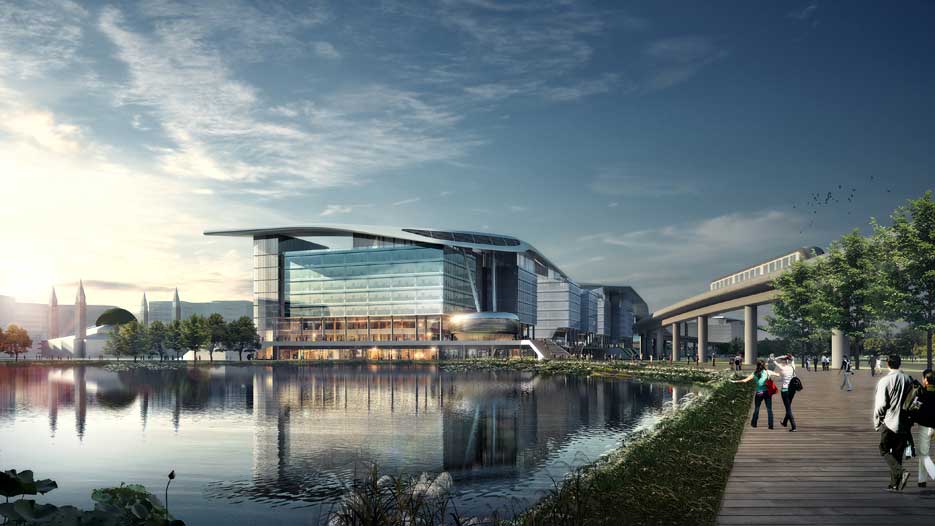
Asia Aerospace City Profile
Asia Aerospace City (hereinafter referred to as “AAC”) is an aerospace hub that serves to combine the capabilities, assets and aerospace players worldwide with the opportunity for growth in Asia, with Subang Nexus serving as the foundations of its physical infrastructure. The companies can participate in the AAC and receive the services independent of being located in the Subang Nexus. The development is a project of the Malaysian government to establish a site that brings together in one location almost every aspect of the aerospace industry including:
- education of aerospace engineers
- cross pollination of engineering services through connectivity
- virtual reality centers for pilot training
- catalyzing the development of the aerospace supply chain framework
- research and technology,
- systems integration, and
- access to government financial and fiscal incentives and business services to help develop new contacts for existing firms and establish new ones.
In the name—“Asia Aerospace City”—the word “city” represents “connectivity.” across various capacities and facilities throughout Malaysia and Asia. AAC is conceived as a platform for seamless interaction between and among: education and training of future participants in the aerospace industry; research and technology; manufacturing; maintenance, repair and overhaul (MRO) operations; establishing industry regulations and standards; business and financial planning; and professional development.
AAC is intended to become a hub for aerospace activities and growth in the Asia/Pacific region, and to set the global aerospace standard in connecting aerospace players worldwide with the opportunity for growth in Asia.
The idea behind the Asia Aerospace City’s Subang nexus development is to create a nexus in the heart of Kuala Lumpur to provide high-end knowledge services for the Asia/Pacific aerospace industry.
Ownership and Management
AAC is a brainchild of Majlis Amanah Rakyat (MARA), which translates to “Council of Trust for the People,” which is a public agency engaging directly with the private sector under the purview of the Malaysian Ministry of Rural and Regional Development.
AAC is under the control and active management of two wholly owned subsidiaries of MARA:
- Pelaburan MARA Berhad (PMB). PMB is considered the master developer of the infrastructure. PMB was established on June 24, 1967 as an investment arm of MARA, and is principally involved in strategic investment and fund management activities. PMB’s role is to meet the financial and infrastructure needs of AAC.
- MARA Aerospace & Technologies Sdn Bhd (M-AeroTech). M-AeroTech is an entity established on February 21, 2014, tasked to drive the growth of Malaysia’s aerospace sector, primarily by managing the content development of Asia Aerospace City. M-AeroTech will be the active manager and administrator of the AAC’s site, responsible for the project’s occupancy and revenue generation. M-AeroTech also directly responsible for the Professional Development Centre (PDC) and Business Consulting Centre (BCC) business units of AAC.
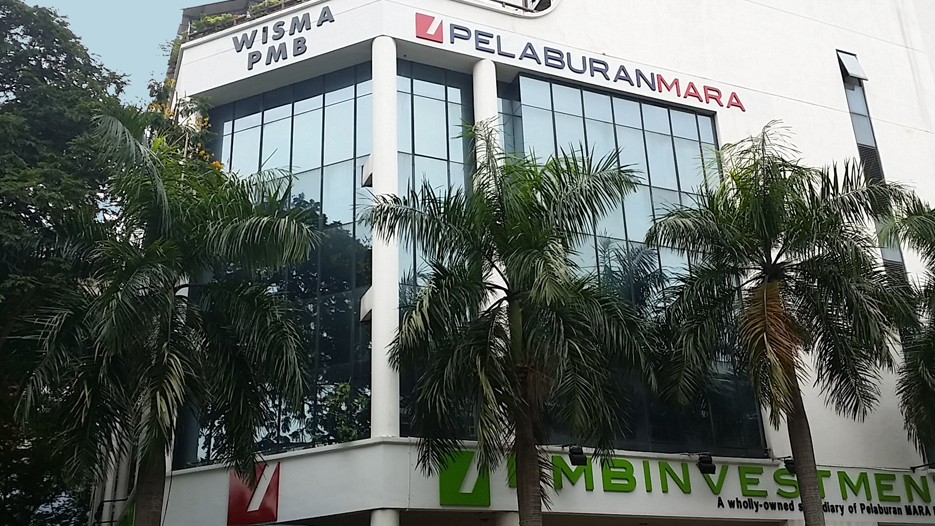
AAC Functions
The AAC’s Subang nexus is designed as a “smart city,” and completely integrated living and working ecosystem, comprising a range of facilities including offices; cutting-edge research and development facilities; academic campuses; a convention center, restaurants, commercial, and leisure services, and residential space.
AAC is conceived as having six clusters of activities, called strategic business units (SBUs). These are:
- engineering services,
- research and technology
- professional development center
- business consulting center,
- investment center, and
- infrastructure.
The creation of specialized cities that host sectorial clusters – or “ecosystems” as they are now called – is one of the ways chosen by the Malaysian government to foster the creation of enterprises in knowledge-driven industries, and to increase its presence in high added-value markets.
AAC’s Subang nexus Site Location
The site has a total area of 19.8 acres with a view to expand and include an additional area of 56 acres, which is owned by MAHB. The core site is located about 23km due south-west of the city centre of Kuala Lumpur. It adjoins the Sultan Abdul Aziz Shah Airport (SAAA), Subang and lie alongside the north western flank of Jalan Lapangan Terbang Subang within Section U3, Shah Alam, in the Mukim of Sungai Buloh, District of Petaling, State of Selangor Darul Ehsan. SAAA was the main airport serving Kuala Lumpur before the opening of Kuala Lumpur International Airport (KLIA) in 1998, now known also as the Subang nexus, it serves as the main hub for Firefly and Berjaya Air, as well as a major regional centre for aerospace maintenance, repair, and overhaul (MRO) operations, and many engineering firms.
AAC Site Plan Design and Development
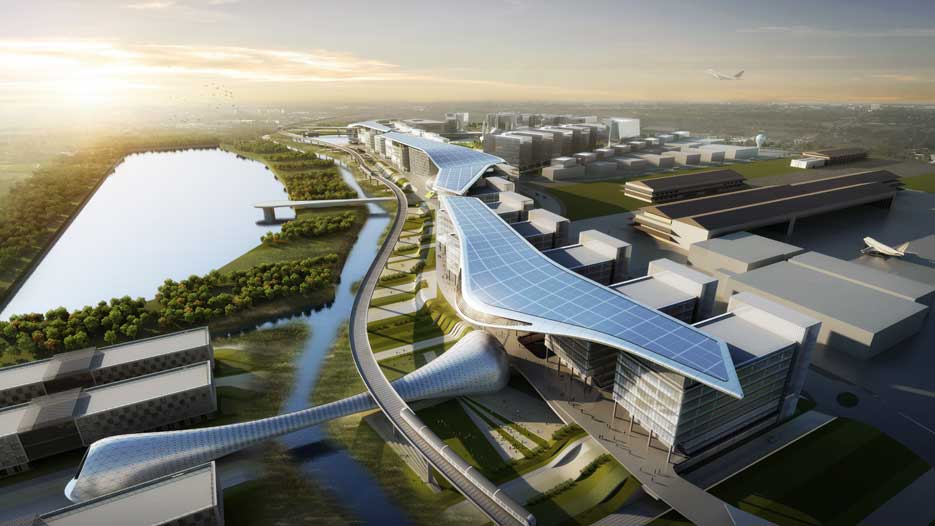
Pelaburan MARA, which is Majlis Amanah Rakyat’s (MARA) investment and asset management company, will take a lead role as the master developer of the Asia Aerospace City (AAC) and in March 2014 has enlisted the service of UK’s Atkins Global to develop AAC’s Subang nexus into a world-class facility.
MARA conceptualised the AAC’s site as a premier educational and business park (Edu-Biz Park) as a platform for seamless interaction between academic institutions and aerospace related engineering services to churn out industry-ready human capital. AAC is anticipated to attract global engineering services business worth $1.1bn to Malaysia by 2020 and would enable Malaysia to become the aerospace hub of South-East Asia.
AAC Site Plan Features
Inspired by wings of an aeroplane, the 328,000m² AAC will have research and development facilities, integrated office suites, academic campuses, a convention centre and residential areas.
The streamlined buildings will be covered by 36,000m² of canopies that will shade outdoor areas and generate electricity with photovoltaic panels.
A light railway station is being built within walking distance of the AAC’s site connecting it to the centre of Kuala Lumpur and to nearby Subang Airport, which caters for regional and domestic flights. In addition electric buses will serve the AAC’s site and adjacent commercial and light industrial facilities. The campus itself will be a completely pedestrianised.
The key functions of the development are arranged in clusters; an academic node with the University Kuala Lumpur Malaysian Institute of Aviation Technology (UniKL-MIAT) and a 2,000-student capacity professional development center; a research and training center; a professional training offices; an event node with a convention center, business hotel, and various event facilities and supporting infrastructure including food and beverage, leisure amenities and social spaces.
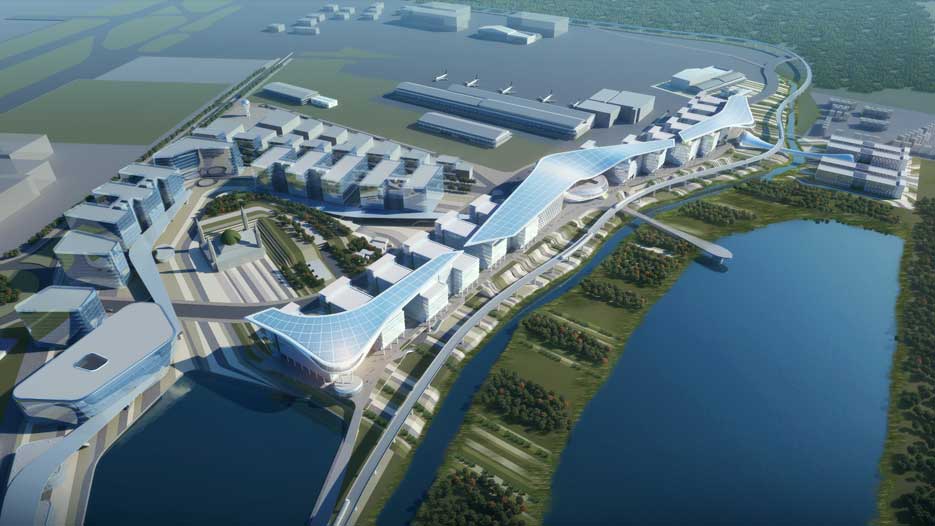
Construction Phases
AAC’s site will be constructed in three phases. The first phase is expected to complete by third quarter of 2015 which include the second campus of Universiti Kuala Lumpur’s Malaysian Institute of Aviation Technology (MIAT). Its first campus is located in Dengkil, Selangor. Construction of Phase 2 is expected to begin at the first quarter of 2016 with completion in early 2018, while the phase 3 will be constructed a few years later subject to commercial demand. Phase 3 of the AAC’s site will feature facilities that includes convention centre, business hotel, integrated offices and hostel for UniKL-MIAT.
According to Naguib Mohd Nor, Chief Technical Officer of M-AeroTech, “The convention center will be used for aerospace exhibitions, conferences and educational events. The third phase of the development will also have retail outlets, a three-star business hotel, waterfront dining, an outdoor recreational centre, health and fitness facilities.”
According to Strand Aerospace Malaysia Sdn Bhd’s Business Development Manager, Azlan Zainal, “The project will incorporate capability from Aerospace sector with project execution using Building Information Modelling.”
Academic Partners
AAC’s academic partners are:
University of Nottingham
According to QS Top Universities, The University of Nottingham with 43,000 students is the nearest Britain has to a truly global university, with campuses in China and Malaysia… .” (The Times Good University Guide 2013) The University of Nottingham ranks among the Top 100 universities in the world. It placed in the top 1% of all universities worldwide in the QS World University Rankings 2012/13, with a ranking of 72nd in the world. Nottingham also placed 9th in the UK by the established Shanghai Jiao Tong World Rankings 2013. Distinguished for its commitment to learning and world-class research, it offers over 400 degree programs at both undergraduate and postgraduate level. The University of Nottingham is the most popular university among graduate employers, the world’s greenest university, and winner of the Times Higher Education Award for “Outstanding Contribution to Sustainable Development”.
Glyndwr University
Glyndŵr University is a British university with campuses at Wrexham, Northop and St Asaph in north-east Wales; and at Elephant and Castle, London. It offers both undergraduate and postgraduate degrees, as well as professional courses. GU has approximately 9,000 students.
Strategic Business Partners
STRAND Aerospace Malaysia Sdn Bhd
The AAC is owned by Majlis Amanah Rakyat (MARA) and its content is developed through its subsidiary MARA Aerospace & Technologies Sdn Bhd (M-AeroTech). To demonstrate MARA’s presence in the aerospace industry, MARA owns 30% of STRAND Aerospace Malaysia Sdn Bhd (SAM), one of the engineering services organization in Malaysia.
The capability of SAM strengthens AAC’s offering with their strong and proven track record in delivering high end, complex and challenging engineering services works. They champion the Aerospace Economic Transformation Projects for EPP 5: nurturing pure-play engineering services under the heading of ‘Business Services’. They deliver primary aero structures analysis covering; static, fatigue and damage tolerance, F&DT, finite element, composite, design, in-service support, and aircraft structural integrity. With this, AAC is equipped with a world-class engineering services platform that is going to lead the APAC market in the coming years.
SKYVAX Sdn Bhd
AAC also has collaborated with SKYVAX Sdn Bhd (SKYVAX), a local company providing aviation related services focusing in the area of pilot training. The collaboration concentrates on housing SKYVAX in AAC for a 100,000 sq ft purpose-built centre for its pilot training academy.
Officers of M-AeroTech
Salmah Hayati Ghazali, Chairperson
Salmah Hayati Ghazali has been with MARA since 1977 and currently is the Deputy Director General for Entrepreneurship. Throughout her 37 years with MARA, she has served various departments managing Education, Investment and Entrepreneurship projects and programs. She intends to continue developing, implementing and managing more projects and programs that will help to contribute towards the fulfillment of MARA’s roles and responsibilities. She would like to see a transformation in the capabilities of our rural entrepreneurs towards becoming owners of high value entities, well positioned to compete and continue to be sustainable. All her tertiary education was from University Technology MARA, obtaining her Diploma in 1977, returning later to complete her Degree and again to finish her Master of Business Administration in 2002. She is also a Board Member of MARA owned subsidiary company namely Asia Aerotechnic Sdn Bhd, which is formerly known as Malaysian Institute of Aviation Technology Sdn. Bhd.
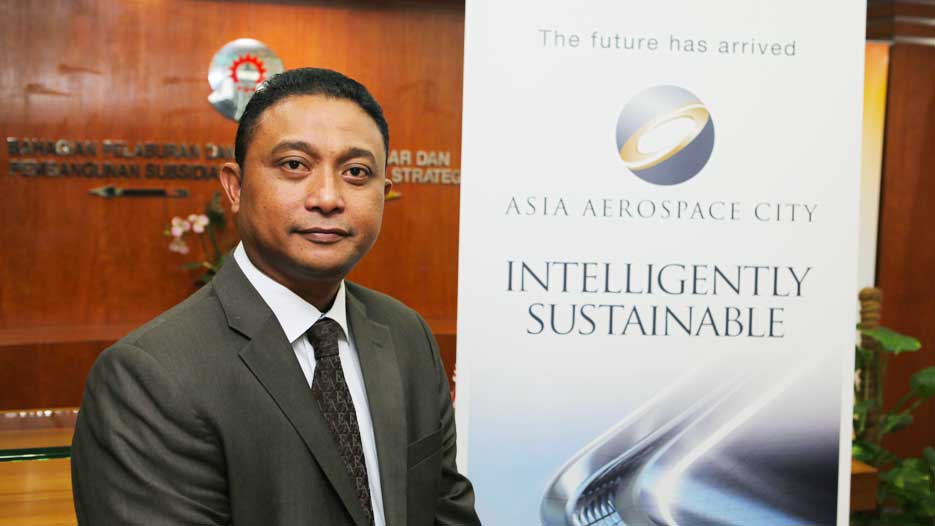
Zulfikri Osman, Chief Operating Officer
Zulfikri Osman is the Director of MARA Investment and Subsidiaries Development Division who is tasked with exploring new investments and ventures opportunities for MARA. Having served MARA for over 20 years, he chairs MARA’s think tank team, and has been involved in developing the MARA’s first Blue Ocean Strategy (2010) and MARA’s Strategic Plan 2011-2020. As the Director of the Investment and Subsidiaries Development Division in MARA, he leads the team to explore, assess and evaluate new investment opportunities for MARA, ensure and maintain corporate governance and new business development activities for all MARA’s subsidiaries.
Zulfikri spent his early career in The New Straits Times, after which he ventured into various roles such as entrepreneurship development with MARA, and Education Attaché under the Malaysian High Commission Office, UK. Today, Zulfikri sits at the board of Pelaburan MARA Berhad (PMB), MARA Inc. (London) and he is also a member of Pelaburan MARA Berhad Audit Committee.
In February 2014, Zulfikri was appointed as the Chief Operating Officer for MARA Aerospace & Technologies Sdn Bhd (M-AeroTech), tasked to drive MARA’s growth into the high value, high growth aerospace sector.
Naguib Mohd Nor, Chief Technical Officer
Naguib Mohd Nor holds a BEng in Aerospace Engineering from UMIST and an MSc in Aerospace Vehicle Design from Cranfield. He began his career as a structures engineer in the UK, and had done wide-ranging technical work for major aerospace clients. He founded STRAND Aerospace Malaysia (SAM) in 2006 as a start-up company, and is now its Chief Executive Officer, and the CTO of M-AeroTech. In 2010 SAM was selected to spearhead the development of the “Pure Play Engineering Services” industry for Malaysia as part of the government’s Economic Transformation Program (ETP). Besides being the CEO of SAM, Naguib is also the Chief Technical Officer of M-AeroTech.
AAC is an aerospace hub that serves to combine the capabilities, assets and aerospace players worldwide with the opportunity for growth in Asia, thought its high quality engineering services, industry-relevant human capital, iconic infrastructure and research and technology facilities and with Subang Nexus serving as the foundations of its physical infrastructure.
With the vision to become “the aerospace hub in Asia”, AAC is building a complete aerospace ecosystem with R&D being an essential part in building the capability of the aerospace value supply chain in Asia.
AAC thus offers a complete business ecosystem. To the largest Original Equipment Manufacturers (OEMs) in the world, it is a competitive hub for industrial talent, cost efficiency, connectivity, and resources.
It is forecast that by 2020 forty percent of all passenger aircraft sales will be in Asia. It is further expected that the Asis/Pacific region will need 13,000 new airplanes valued at US$1.9 trillion over the next decade, and that aerospace industry will generate 10,000 engineering positions worth US$500 million (RM 1.5 billion) for engineering services in addition to those for maintenance, repair, and overhaul.
The AAC targets a direct GNI contribution of RM1.1 billion ($300 million) and RM1.16 billion ($316 million) in investments, which would lead to the creation of 3,368 highly skilled jobs by 2020. The AAC’s main purpose is to provide sustainable, industry-ready human capital solutions through collaboration with OEMs and industry-led academic institutions in the professional development programs